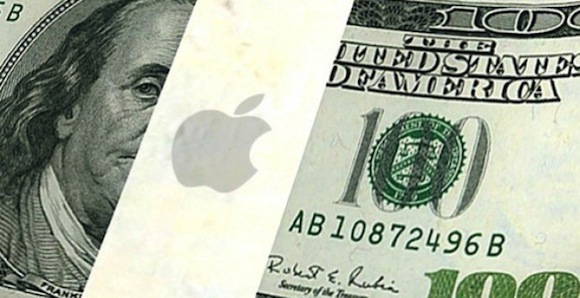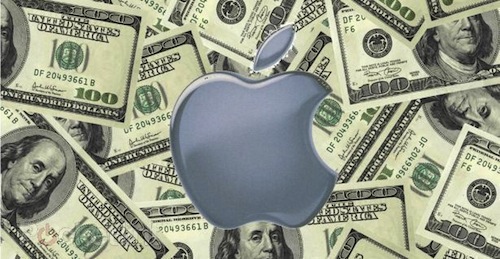An outline of Apple’s debt offerings that will help it fund its $100 billion capital return program to its shareholders became know today. Differing notes, offered at various maturity periods will total $17 billion. The company can also raise more funds in the future if it so desires to.

TNW:
Apple is using the debt offerings to raise funds despite its massive cash holdings. Why? Simply put, the company has a great chunk of its cash overseas, and to repatriate that currency would require it paying heavy taxes. It’s cheaper for it to borrow $17 billion in the United States, than it is to pay the corporate tax rate bringing that amount of money to its home shores.
According to Reuters, the $17 billion will be raised in the following way:
- $1 billion, floating rate, three year maturity
- $1.5 billion, fixed-rate, three year maturity
- $2 billion, floating-rate, five year maturity
- $5.5 billion fixed rate, ten year maturity
- $4 billion fixed rate, five year maturity
- $3 billion fixed rate, thirty year maturity
Apple has been under pressure to return some of it’s massive pile of cash back to its investors. Apple created a dividend in 2012 after years of resistance. That dividend has increased, and Apple announced recently that $60 billion of the $100 billion will go for repurchasing shares of stock. The bond offering will the single largest bond offering of all time for ANY company, and represents the first time Apple has offered bonds in 20 years.
While Apple remains an exceptionally profitable company, with margins that other companies can only dream of, it has recently come under fire as its stock has slid from record highs, and concerns about its ability to drive revenue and growth has increased among observers.


